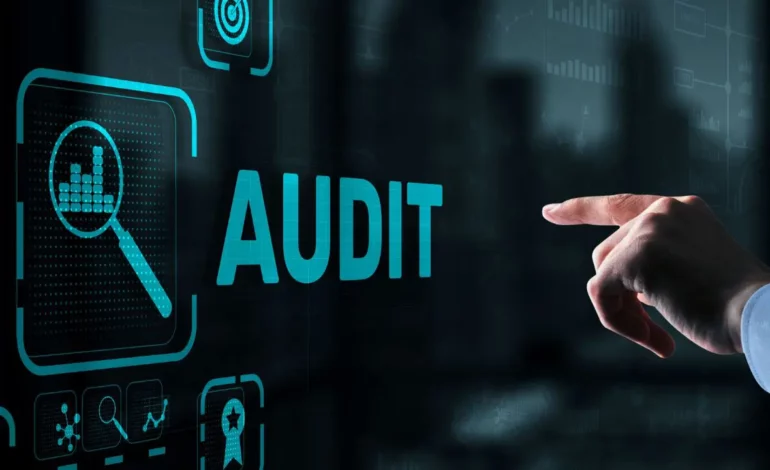
Ensuring Compliance: Common Pitfalls to Avoid During an ERISA Audit
Navigating employment law, especially ERISA has become a pressing concern for most businesses in the modern era. It is crucial to provide retirement benefits to employees according to the rules and regulations that govern them. The Security Act promotes employee rights to avoid unintentional violations that could lead to heavy penalties, costly litigation, and reputational damage.
However, professionals encounter different pitfalls as they traverse the intricate terrain of various industries. Inadequate plan documentation is one serious compliance issue you should avoid at all costs. Untimely disclosures, neglect of compliance tests, inadequate loan tracking, and ignoring bonding requirements could also lead to serious auditing problems.
Below is a detailed guide on common pitfalls to avoid during an ERISA audit:
Common Mistakes to Avoid During ERISA Audit
- Insufficient Plan Documentation
Most violations result from improper or insufficient plan documentation. An ERISA audit keeps vital documents like summary plan descriptions, annual reports, and plan amendments.
Please meticulously organize and update these records regularly to avoid severe compliance issues with regulatory bodies. Establishing a reliable record-keeping process and updating your documents can avoid such pitfalls.
- Untimely Disclosures During ERISA Audit
To foster accountability, all stakeholders must receive accurate and timely information concerning their benefit plans. This commitment involves providing a Summary of Material Modifications, Summary Plan Descriptions, and other vital notices.
A violation in this area due to administrative errors or oversight can lead to compliance issues. During an ERISA audit, ensure your processes and systems track and trigger vital disclosures within the timelines.
- Neglecting Regular Compliance Testing
An ERISA audit requires frequent compliance testing to avoid discrimination favouring top-heavy key or highly compensated employees. This act maintains the maximum contribution limits set by regulatory organizations to promote fairness in compensation.
If you delay or ignore these tests, you face severe penalties and spend a lot of money correcting these procedures. To avoid this, you must create a proactive plan for compliance testing and make it a fixed aspect of your compliance calendar.
- Insufficient Tracking of Participant Loans
Employees are prone to various emergencies, and when they have less funds, they opt for loans to get out of the mud. Many sponsors provide participant loans, but ERISA has strict rules on administration, maximum amounts, repayment terms, and interest rates for these loans.
If the employer fails to track and administer these loans properly, it could result in unexpected tax liabilities and deemed distributions for participants. You must develop an effective loan policy and a tracking system to avoid such pitfalls.
- Ignoring Bonding Requirements
According to ERISA, any person handling funds and property for an employee benefits plan must have a fidelity bond cover. However, most stakeholders need to pay attention to this requirement, which leads to compliance problems.
A fidelity bond insures the relevant authorities against losses in case of theft, fraud, or forgery. Understanding these requirements is crucial to cover all the appropriate personnel.
Conclusion
ERISA audits are complex processes with potential risks, but they are crucial for your organization to stay ahead of the competition. While some find them a monumental task, effective systems, proper planning, and expert guidance can help you navigate them successfully.



